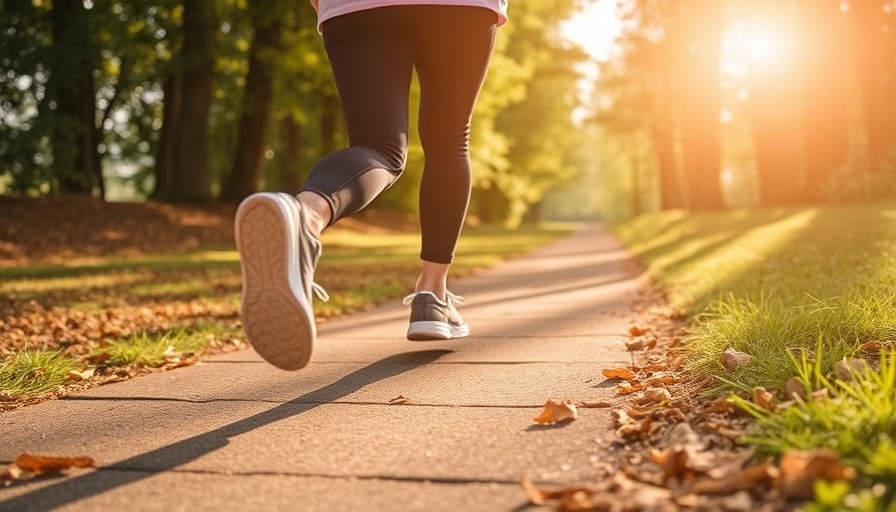
Understanding the Fundamentals of Protein on a Vegan Diet
When considering a vegan diet, many people wonder if they can meet their protein needs without animal products. The truth is that yes, you absolutely can! With a bit of planning and knowledge about plant-based foods, anyone can enjoy a protein-rich vegan lifestyle. In fact, protein from plant sources not only aids in muscle repair but also supports other vital functions such as immune health and weight management.
How Much Protein Do You Really Need?
Your protein requirements vary based on several factors including age, gender, activity level, and overall health. Generally, experts recommend that adults consume between 1.2 to 2.0 grams of protein per kilogram of body weight. For example, a 70 kg person should aim for anywhere from 84 to 140 grams of protein daily. While the typical Western diet often meets this need through animal products, vegans can also achieve these numbers through a combination of whole foods.
The Best Plant-Based Protein Sources
Plant-based diets can provide ample protein through a variety of sources. Here are five excellent vegan protein sources that can fulfill your daily needs:
- Legumes: Lentils and chickpeas are not only high in protein but also rich in fiber.
- Tofu and Tempeh: Both soy products offer a complete protein profile and versatile cooking options.
- Nuts and Seeds: Think almonds, chia seeds, and pumpkin seeds—great for snacking or adding to meals for a protein boost.
- Quinoa: Unlike most grains, quinoa offers complete protein and is gluten-free, making it a fantastic base for salads or bowls.
- Whole Grains: Foods like brown rice and oats add protein and essential nutrients to your diet.
Practical Tips for Meeting Your Protein Needs
Planning meals can sometimes feel overwhelming, especially for those who have recently transitioned to a vegan lifestyle. Here are some practical tips to simplify the process:
- Meal Prep: Spend some time every week planning and prepping meals. Having protein-rich foods ready to go makes it easier to stay on track.
- Incorporate Snacks: High-protein snacks like hummus, nut butters, or protein bars can conveniently fit into your day and help bridge any nutrient gaps.
- Track Your Intake: Utilizing apps like MyFitnessPal can help you monitor your protein consumption and ensure that you're meeting your goals efficiently.
Addressing Common Misconceptions
One prevalent myth is that plant proteins aren't as effective as animal proteins. That's simply not true—while there are differences in amino acid profiles, a well-planned vegan diet can provide all the essential amino acids needed. Pairing different sources of proteins throughout the day will give your body what it needs. For example, rice combined with beans creates a complete protein!
Embracing the Vegan Lifestyle in Pearl City
For those living in Pearl City, local markets offer many fresh, healthy options for incorporating protein into your vegan diet. Not only can you find staples like lentils and tofu, but also an abundance of fresh vegetables and whole grains. By exploring local farms or health food stores, you can find even more sources to meet your dietary needs.
Join the Movement: Take Action Today!
If you’re considering making changes to your diet, or simply looking to increase the nutritional value of your meals, embrace veganism with confidence! With the right information and planning, you can easily meet your protein needs while enjoying delicious meals. Begin experimenting with new recipes and exploring the rich flavors of plant-based cuisine. Start today!
 Add Row
Add Row  Add
Add 




Write A Comment